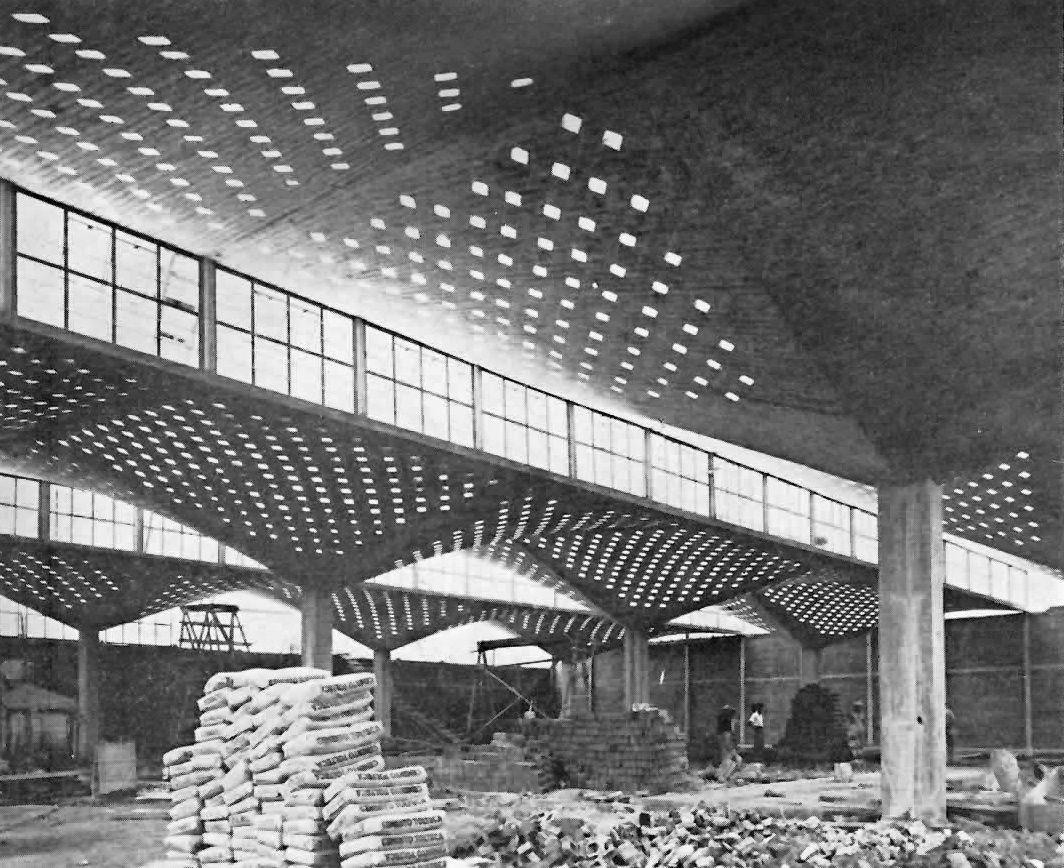

PARAGUAS FELIX CANDELA SERIES
He landed in Acapulco later that year.Īs an expert of paraboloid and hyperbolic geometry, he was drawn to experiment on a series of residential and commercial shell-shaped structures since the beginning of his career. After his name was selected with a few hundred other prisoners, Candela was put onto a ship bound for Mexico, where he would start his career.


Candela had fought against Franco therefore he could not stay in the new Spain as long as Franco was the head of state.

Unfortunately, while participating in the civil war, Candela was imprisoned in the Perpignan Concentration camp in Perpignan, France until the end of the war in 1939. Candela became a Captain of Engineers for the Spanish republic after a short period of time. When Candela returned to Spain to fight, he sided with the republic and fought against Franco. His studies ended very quickly when the Spanish civil war began in 1936. When Candela was a student in Madrid, the schools taught the theory of elasticity where Candela assisted the professors and even tutored other students. Unlike many of his peers, Candela did not show intellectual or aesthetic efforts in school. While "helping" Vegas, Candela entered many architecture competitions and won most of them. Vegas was his material strength professor, and gave Candela the honorary title of "Luis Vegas’ Helper". In his junior year, his visual intelligence and his descriptive geometric and trigonometric talent helped him catch the eye of Luis Vegas. Early after he started classes, he developed a very keen sense of geometry and started teaching other students in private lessons. In 1927 Candela enrolled in La Escuela Superior de Arquitectura (Madrid Superior Technical School of Architecture), graduating in 1935 at which time Candela traveled to Germany to further study architecture. Early life įelix Candela was born in Madrid, Spain in 1910. Īt the end of his career he worked with the architect Fernando Higueras, designing inverted umbrellas with 12-meter cantilevers, and with the young and innovative Emilio Pérez Piñero. He was Santiago Calatrava's icon who has had a great influence on his works. Candela's major contribution to architecture was the development of thin shells made out of reinforced concrete, popularly known as cascarones. He is known for his significant role in the development of Mexican architecture and structural engineering. Templo de Santa Mónica in Colonia Del Valle, Mexico Cityįélix Candela Outeriño ( Spanish pronunciation: Janu– Decem) was a Spanish and Mexican architect who was born in Madrid and at the age of 26, emigrated to Mexico, acquiring double nationality. IStructE Gold Medal, Augusto Perret prize of the Architects International Unionġ951, Pabellón de Rayos Cósmicos ("Pavilion of Cosmic Rays"), National Autonomous University of Mexico, with Jorge González Reyna San Lázaro metro station, Mexico City Roof of Candelaria metro station, Mexico City Restaurant of the Hotel Casino de la Selva, Cuernavaca, Mexico Palacio de los Deportes, Mexico City L'Oceanogràfic (El Oceanográfico), City of Arts and Sciences, Valencia, Spain, with Alberto Domingo and Carlos Lázaro. Ciutat de les Arts i les Ciències, Palacio de los Deportes


 0 kommentar(er)
0 kommentar(er)
